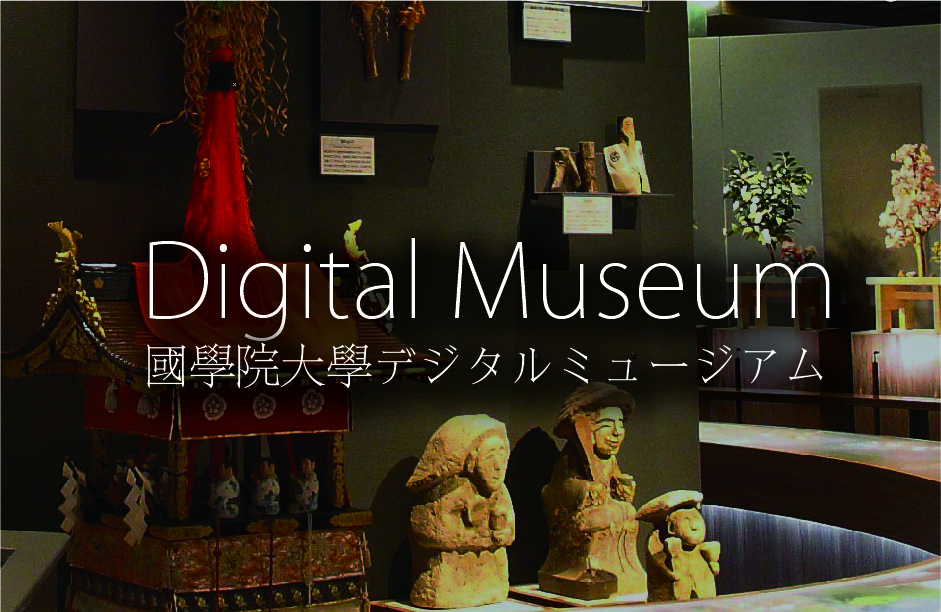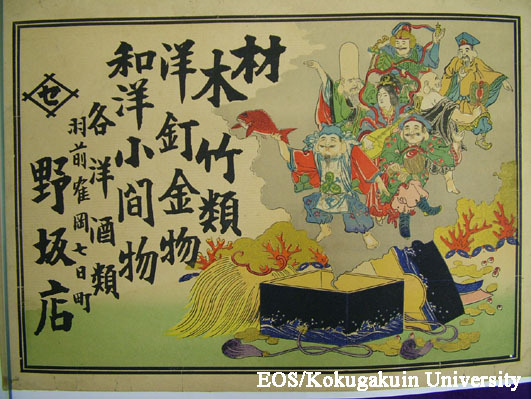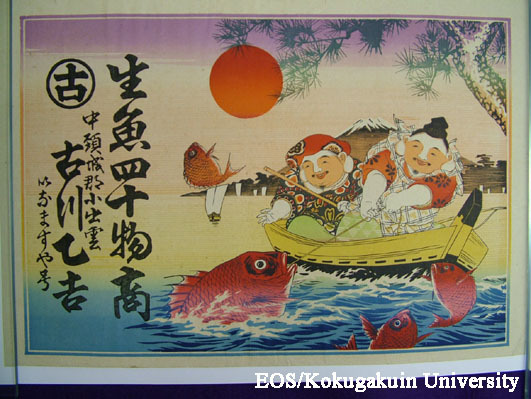- トップ
- Encyclopedia of Shinto
- Shichifukujin
Encyclopedia of Shinto
| Main Menu: | |
| Links: |
詳細表示 (Complete Article)
| カテゴリー1: | 2. Kami (Deities) |
|---|---|
| カテゴリー2: | Kami in Folk Religion |
| Title | Shichifukujin |
| Text | "Seven deities of good fortune," seven deities reputed to bring good luck. Most commonly, the seven include Ebisu, Daikoku, Bishamonten, Fukurokuju, Jurōjin, Benzaiten, and Hōtei (Ch. Pu-tai), but during the early modern period, Fukurōju and Jurōjin were frequently identified as the same being, with the result that the goddess Kichijōten or mythical beasts called Shōjō were added to make seven. Seven is a "sacred number" found also in expressions like the "seven heavenly bodies,"seven jewels," and "seven sages of the bamboo grove." The term "seven good fortunes" is said to originate in the "seven troubles and seven good fortunes" mentioned in the sutra Niō gokoku hannya haramitsu-kyō. The cult of seven deities of good fortune is believed to have originated in Japan's Muromachi period as a result of influence from the Chinese iconographic theme of the Seven Sages of the Bamboo Grove. Since the early modern period, the seven deities have continued to form a popular subject for painting, sculpture, and folk performances; images of the seven deities of fortune riding in their "treasure ship" became a common subject during the period, and circuit pilgrimages to shrines and temples dedicated to the seven became a popular activity. Of the seven deities, Ebisu was considered a tutelary of fishing, commerce, and agriculture who brought blessings from the far side of the sea. He was was also identified with the ancient Japanese kami Kotoshironushi. Daikokuten is believed to have originally been an Indian tutelary of the kitchen called Mahākalā, but based on the homophonic Sino-Japanese reading of the name "dai-koku," he was also identified with the classical Japanese kami Ōkuninushi, taking on the role of a tutelary of agriculture. Bishamonten was known in India as Vaiśravaņa, chief of the "four deva kings" which acted as national guardians. Deities of wealth, good fortune, and long life, Fukurokuju and Jurōjin originated in Chinese Taoism, where they were viewed as personifications of the southern pole star which, according to Chinese astrology had jurisdiction over human longevity. Benzaiten was originally the Indian goddess of water, Sarasvatī, and is known in Japan as a patron tutelary of music and eloquence (wisdom). The figure of Hōtei is believed to have originated in the Chan/Zen priest Qì-cĭ (Jp. Kaishi) of the Later Liang (907-923) dynasty; he was added to the gods of fortune as a result of an association with his rotund, contented demeanor. Kichijōten (or Kisshōten; Sk. Śrīmahādevī) was originally the Indian goddess Lakshmi, who in Buddhism was interpreted as the consort of Bishamonten and venerated as a tutelary of beauty, fortune, and wealth. In China, Shōjō, now known as a name for orangutans, were mythical animals said to resemble monkeys, but capable of human speech and known for their love of alcoholic drink. -Iwai Hiroshi |






